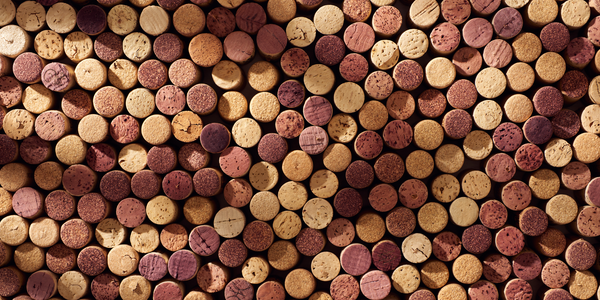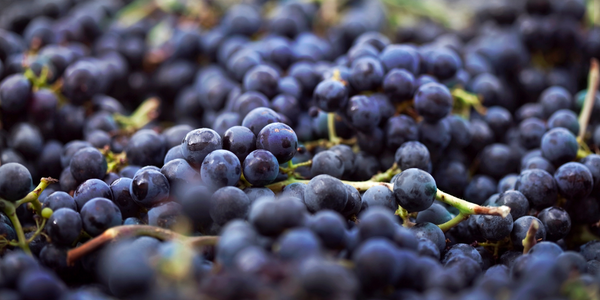Wine Corks vs. Screw Caps
The Cork Tradition
Cork has sealed wine bottles for centuries, chosen for its natural properties & the experience of anticipating that “pop”.
The bark of cork oak trees has earned its place in wine culture for its elasticity and impermeability. Cork’s porous nature allows for a gradual exchange of air, aiding in the maturation of certain wines over time.
Introducing Screw Caps
Screw caps emerged in the mid-20th century as a modern alternative to corks to solve the issue of “corked” wine.
Corked wine results from the presence of the chemical compound TCA, which can taint the wine with musty or mouldy aromas through a mould that can grow on the cork bark.
Screw caps remove the cork and the risk of cork taint and provide any easier, quicker way to open wine bottles.
Which is Best?
It depends.
Though traditionalists may associate cork closures with authenticity and premium quality, this is not always the case.
The main question around when to use which bottle closure is based on the preservation and aging potential of a specific wine.
Reds like Cabernet Sauvignon and Bordeaux blends benefit from the aeration and subsequent development of complex flavours when stored in a corked bottle, whereas whites and aromatic varietals like Sauvignon Blanc and Riesling require a screw cap’s superior seal to retain freshness and prevent oxidation.
At Vendimia
Vendimia’s range includes wines with both closure types.
|
The Hobbs Gregor Amarone Shiraz uses a cork closure like any vintage Italian masterpiece. |
 |
|
On the other hand, our Golding The Exchange Chardonnay needs to be kept fresh and bright for the ultimate experience, requiring a tidy screw cap. |
 |
There’s something for everybody at Vendimia.

